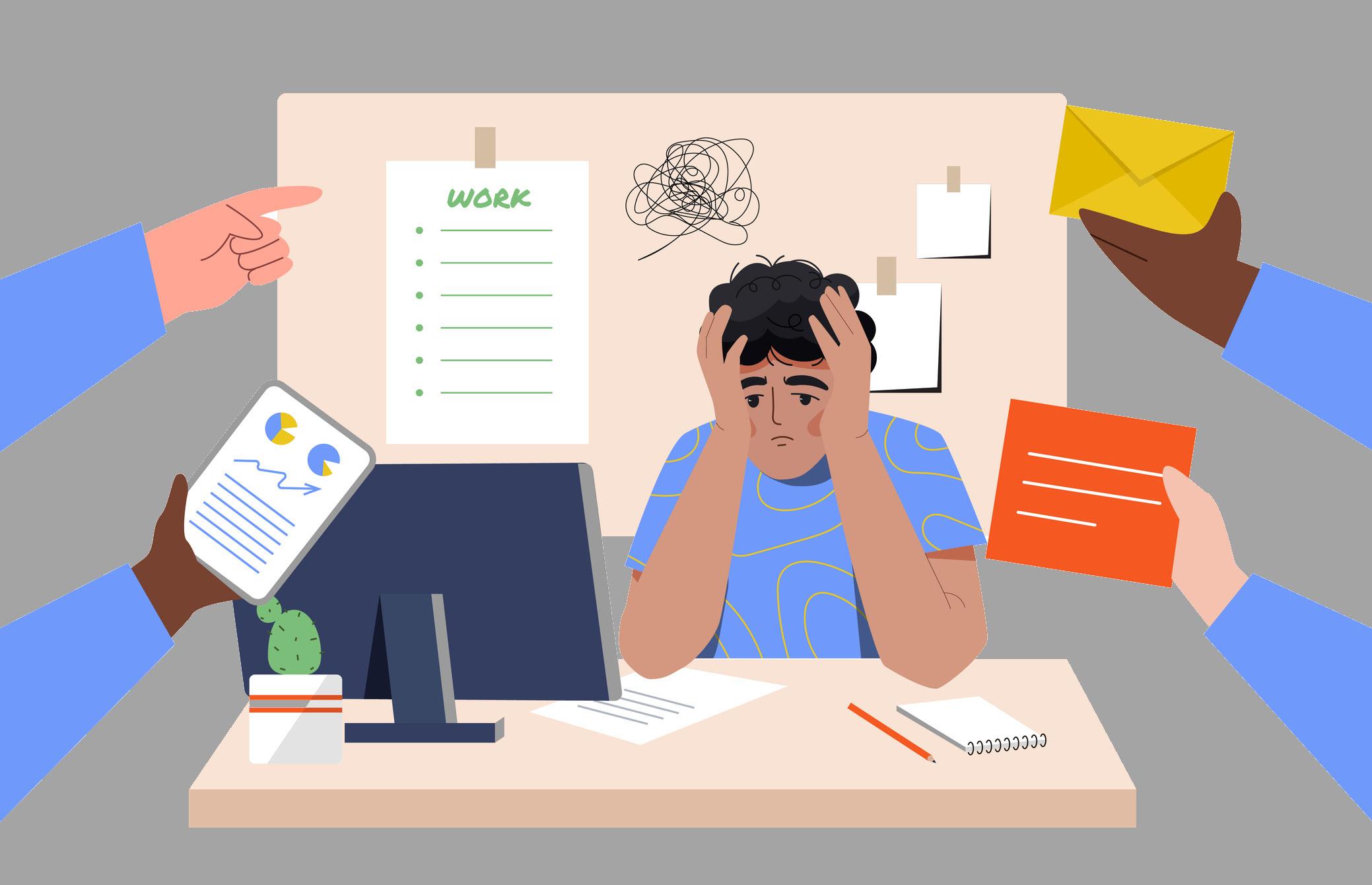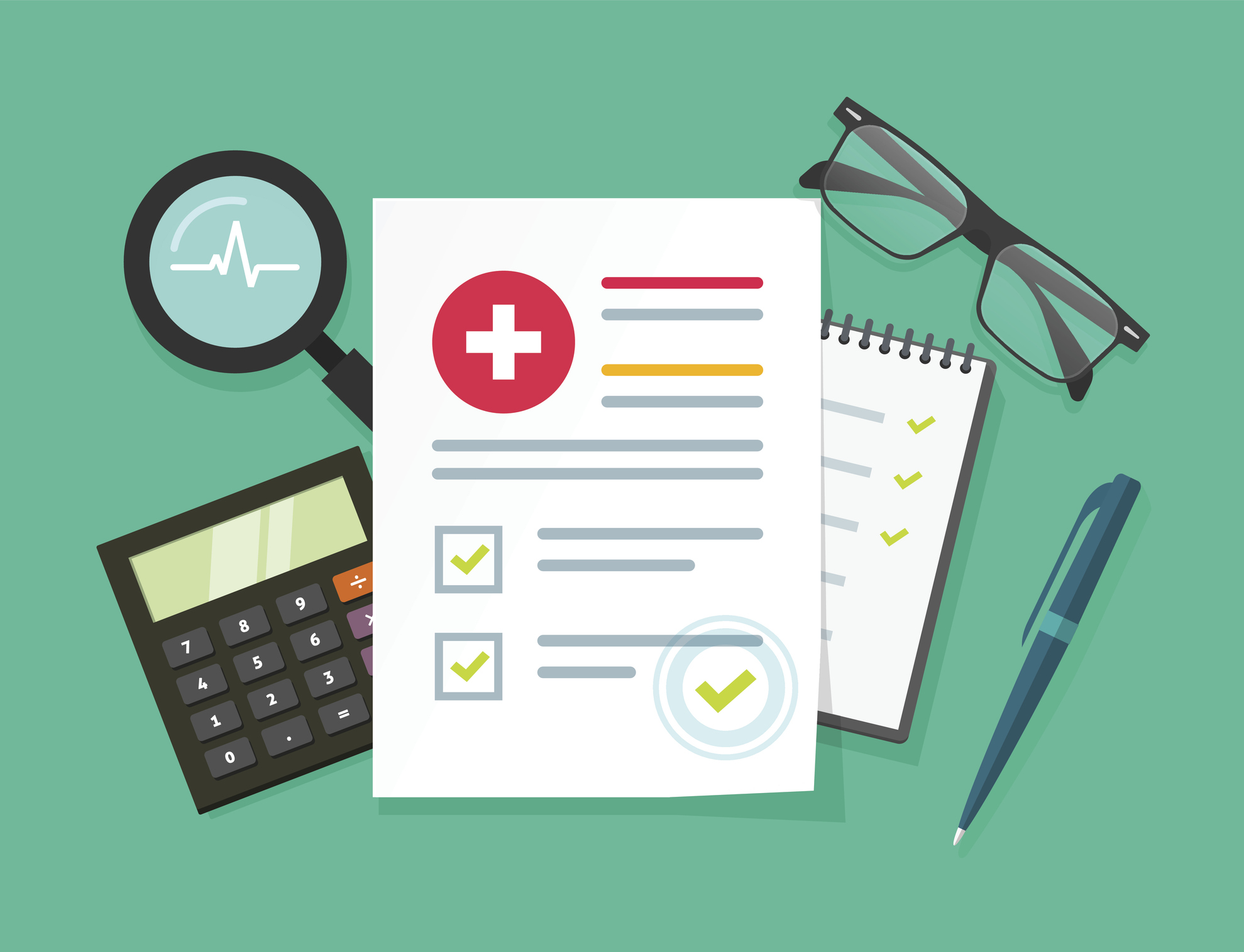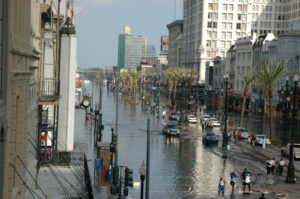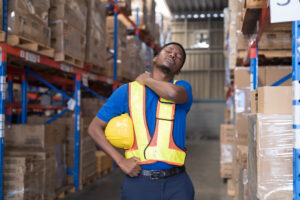Insights from Losses: Preventing Traffic Incidents at Public Events
Large gatherings can turn streets into hazard zones when traffic planning is an afterthought. We distill lessons from real-life losses to help municipalities and event organizers develop a proactive traffic control plan that can assist vehicles, pedestrians, and emergency access in moving safely from first arrival to final exit.
October 21, 2025
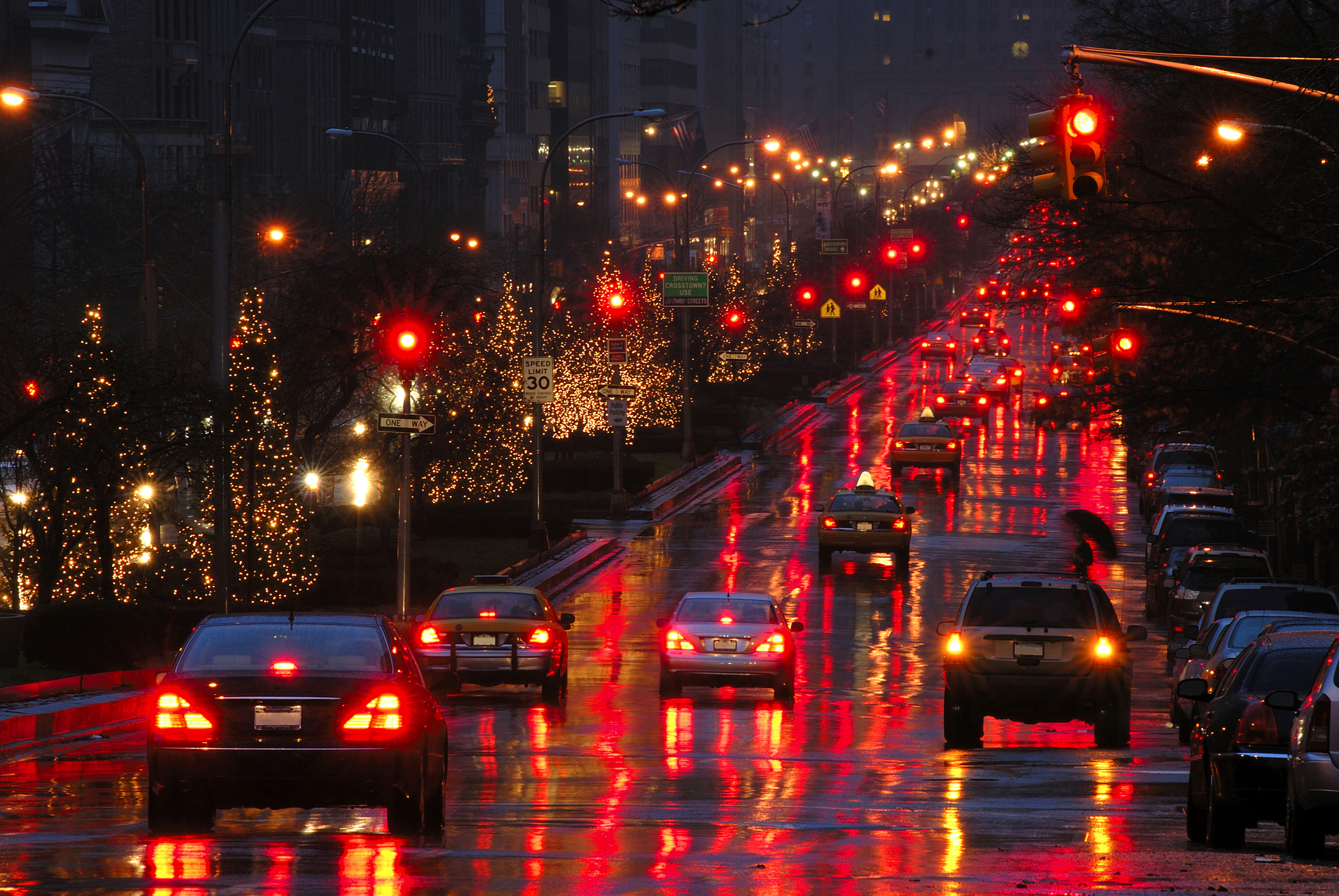
Public festivals, concerts, and sporting events bring communities together, but they also pose significant challenges in terms of traffic and crowd management. Without careful planning, incidents can occur, like drivers mistakenly entering pedestrian zones, emergency vehicles getting stuck in congestion, or frustrated attendees creating unsafe situations.
“To reduce these risks, municipalities and third-party organizers must prioritize a traffic control plan (TCP) as an essential part of event preparation,” said Sara Gibson, Senior Risk Control Manager at Safety National. “For large-scale gatherings, this planning should begin months in advance.”
The following steps can be key to safe and effective traffic management.
1. Traffic Impact Analysis
Conduct an in-depth study of how the event will affect surrounding roads. This should include:
- Expected crowd size and peak arrival and departure times.
- Road capacity and choke points.
- Weather considerations (e.g., rain causing reduced visibility).
- Anticipated impact on local businesses and residents.
2. Temporary Traffic Controls
Use cones, barricades, and electronic signage to guide not only vehicles but also pedestrians and cyclists. Smart digital boards can provide real-time updates on detours and parking availability.
3. Public Transportation and Shuttle Services
Encourage attendees to use buses, trains, and shuttle services to reduce the use of private vehicles. Many successful events offer discounted transit passes or provide remote park-and-ride locations with frequent shuttle services.
4. Road Closures and Detours
Plan road closures well in advance and communicate them effectively through various channels, including websites, local news, social media, and navigation apps. Clear signage and advanced notice help reduce driver frustration.
5. Traffic Management Personnel
A combination of law enforcement, security professionals, and trained volunteers should be deployed. All personnel must:
- Receive training in not only their assigned task, but also emergency protocols.
- Be required to wear reflective vests, carry a flashlight and communication devices (radio or phone).
- Know who to contact if a safety incident occurs.
6. Emergency Services Coordination
Work closely with police, fire, and emergency medical services to ensure dedicated lanes are available. Establish an incident command post and rehearse emergency evacuation scenarios.
7. Community and Stakeholder Engagement
Notify nearby residents and businesses well in advance. Address concerns around access, deliveries, and parking. Effective communication can help reduce complaints and foster trust.
8. Technology Integration
Leverage GPS-based traffic apps, drones for aerial monitoring, and real-time camera feeds to adjust traffic flow dynamically. Some municipalities also use text alert systems for attendees.
9. Post-Event Evaluation
Gather feedback from staff, law enforcement, community members, and attendees. Document successes, near-misses, and areas for improvement to strengthen future TCPs.
See the Department of Transportation’s Managing Travel for Planned Special Events for further guidance.



